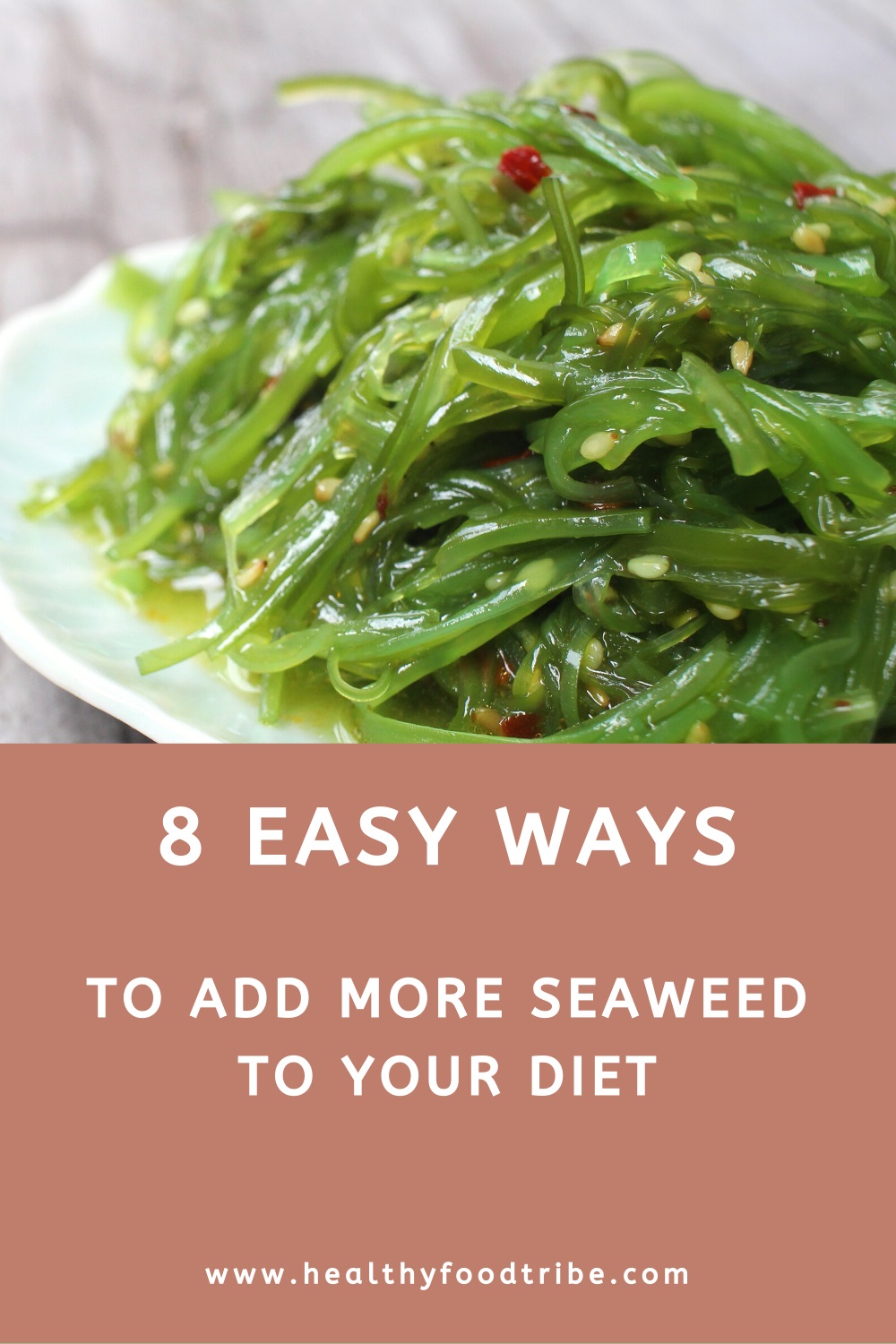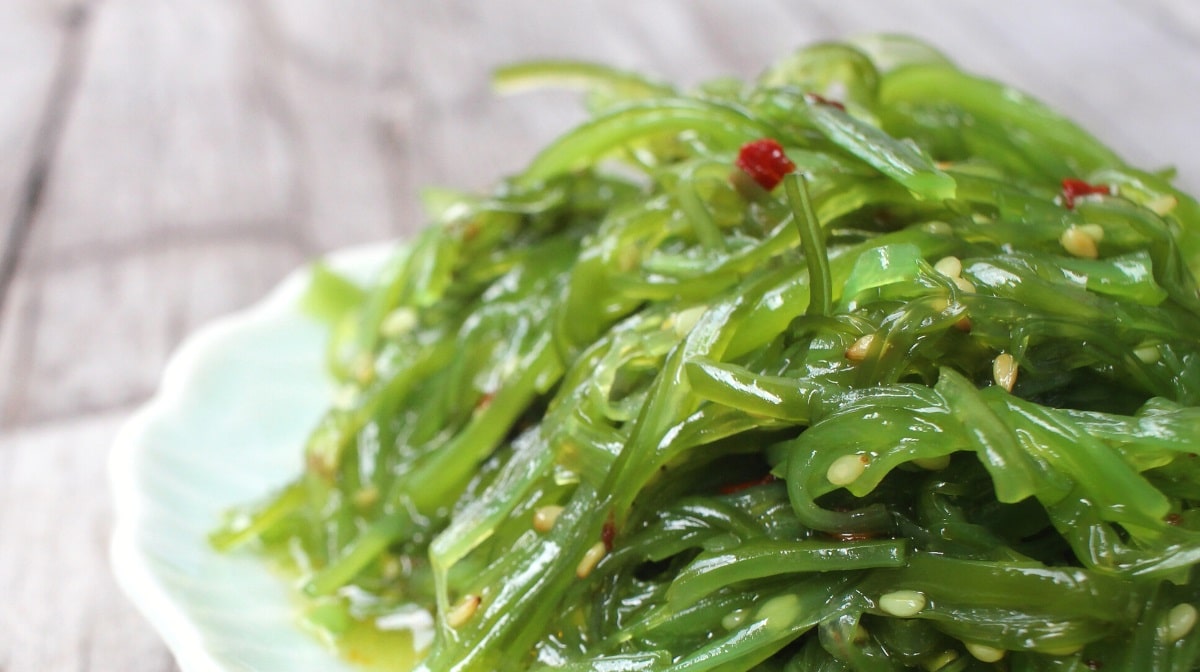Last updated: August 15, 2023
A guide with eight simple ways to add more seaweed to your diet, so you can take advantage of its nutritional benefits and flavors.
One of the most underrated vegetables is seaweed. Okay, that might be a bit cheeky, but seaweed is actually considered a sea vegetable.
Edible types of seaweed offer some unique nutritional benefits that many of us are missing out on or are otherwise not getting enough from.
The easiest way to consume more seaweed is with seaweed cookies and bars that you can easily find in the supermarket. But there are better ways to add more natural and unprocessed seaweed to your diet. Let’s find out!
The Benefits of Eating Seaweed
Eating seaweed is not something we typically learn to do at a young age in many Western countries, and more than often, we’re simply not aware of the benefits of eating seaweed.
Here are some reasons to start including seaweed in your diet:
- A lot of the food grown on the land is lacking in minerals because of aggressive farming practices and lack of remineralization. Seaweed is packed with minerals from the ocean.
- If you’re worried about the toxic chemical accumulation the higher up you go in the food chain, especially in fish, don’t be. Seaweed is as low in the oceanic food chain as it gets.
- Seaweed is great for balancing out the thyroid gland, which is responsible for producing hormones that keep us healthy and balanced.
- Seaweed can give us pure energy, so if you’re in need of a bit of an energy boost, it is really easy to add to your daily routine.
- Overall, seaweed is one of the healthiest foods we often neglect eating. It is a regular ingredient in Asian cuisine and can offer great additional flavors to many raw dishes.
How to Eat More Seaweed
So, how can we best eat seaweed, and how can we make this a regular thing?
Here are eight practical tips:
1. Roasted Seaweed
Slice up a couple of sheets of roasted seaweed to top your salads, or add to wraps for extra crunch.
It’s also nice to bring nori sheets on camping or cross-country trips. They make for an excellent dry snack or can be combined with fresh veggies for a super simple wrap.
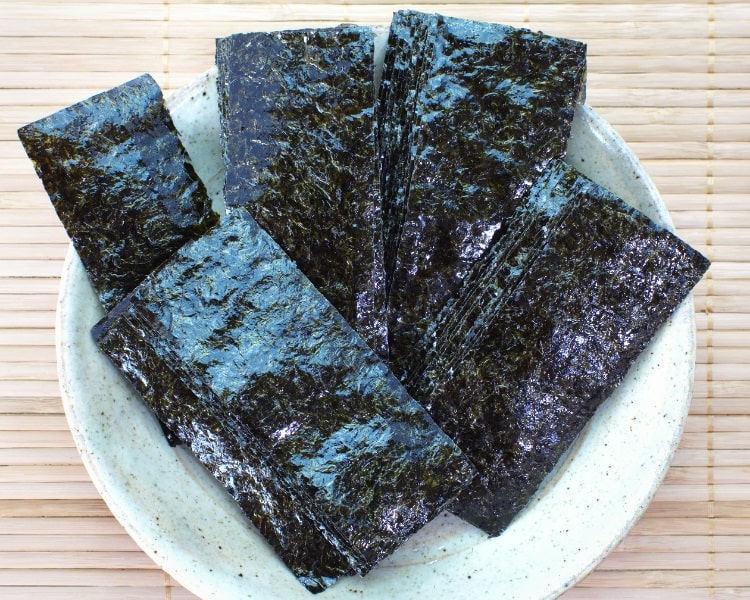
2. Spirulina
Add spirulina powder or blue/green algae to your green smoothies or fruit smoothies. I’ve also been adding it to my green juices; it makes for a fun mix.
3. Irish Moss
Use Irish Moss in raw pies and desserts to solidify the fillings, and get some extra seaweed into your diet through your sweet tooth.
4. Sushi
Make raw maki or sushi veggie rolls using nori seaweed sheets as the wrapper that holds everything together.
I don’t know about you, but I love Japanese cuisine, and I could quite literally eat sushi every day!
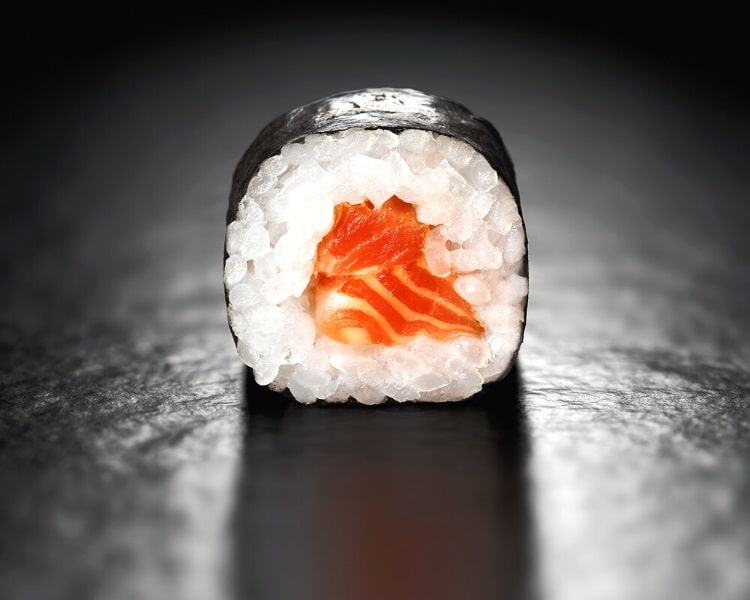
5. Kelp Buds
Soak kelp buds and add these to your salads and wraps. I do this one several times per week, and it adds a different flair to my salads.
Otherwise, use soaked kelp buds, or your favorite type of seaweed, in your salad dressings by blending them with quality oils and vinegar.
That way, you’ll get a great Asian-tasting dressing, and you’ll be able to sneak more seaweed in.
6. Kelp Noodles
Add (raw) kelp noodles to your raw soups or salads, or make a raw noodle dish with them.
Clear, thin noodles made from kelp are delicious! Kelp is a brown seaweed that is notable for its high iodine content.
7. Seaweed Salad
Make a seaweed salad with any type of soaked seaweed, sliced cucumbers, and a sprinkle of sesame seeds for an Asian feel. Yum!
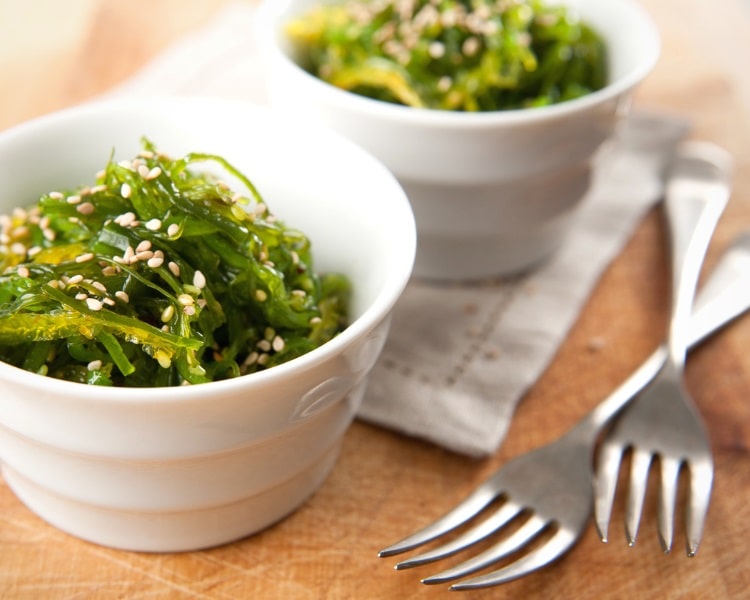
8. Nori Crackers
Dehydrate nori crackers by blending regular cracker batter and spreading it on a nori sheet.
Then dehydrate and watch the salty nori turn into a delicious cracker you just can’t put down.
The beauty is that none of the above suggestions involve eating processed seaweed cookies, bars, or snacks. But each one will get you to consume vital nutrients that you might otherwise miss out on.
So, please go ahead and give seaweed a try. Once you’re used to it all, it will get easier to include in your daily food routine.
